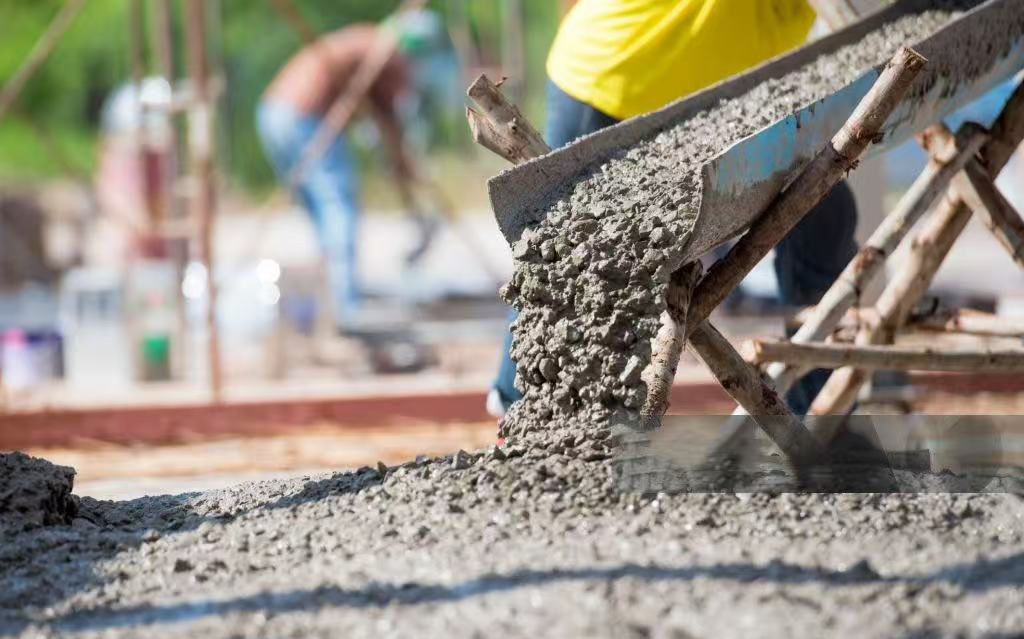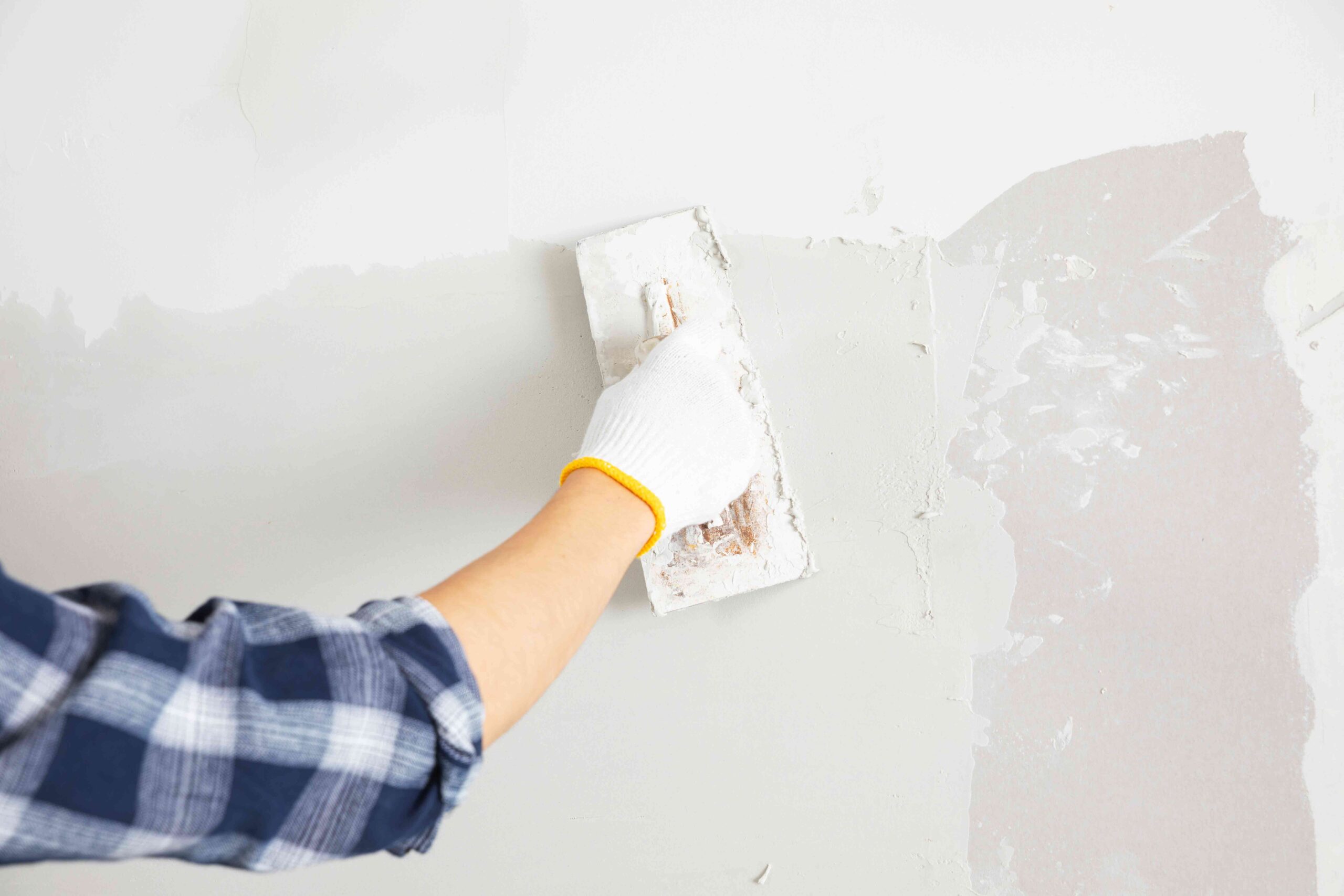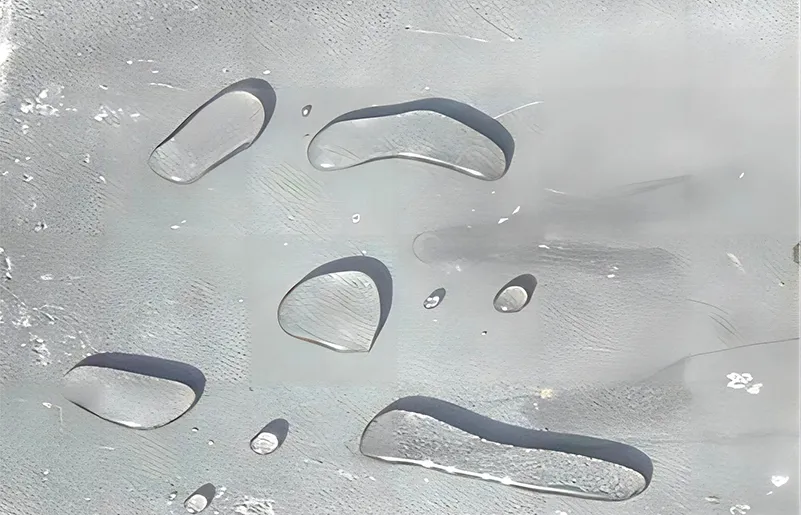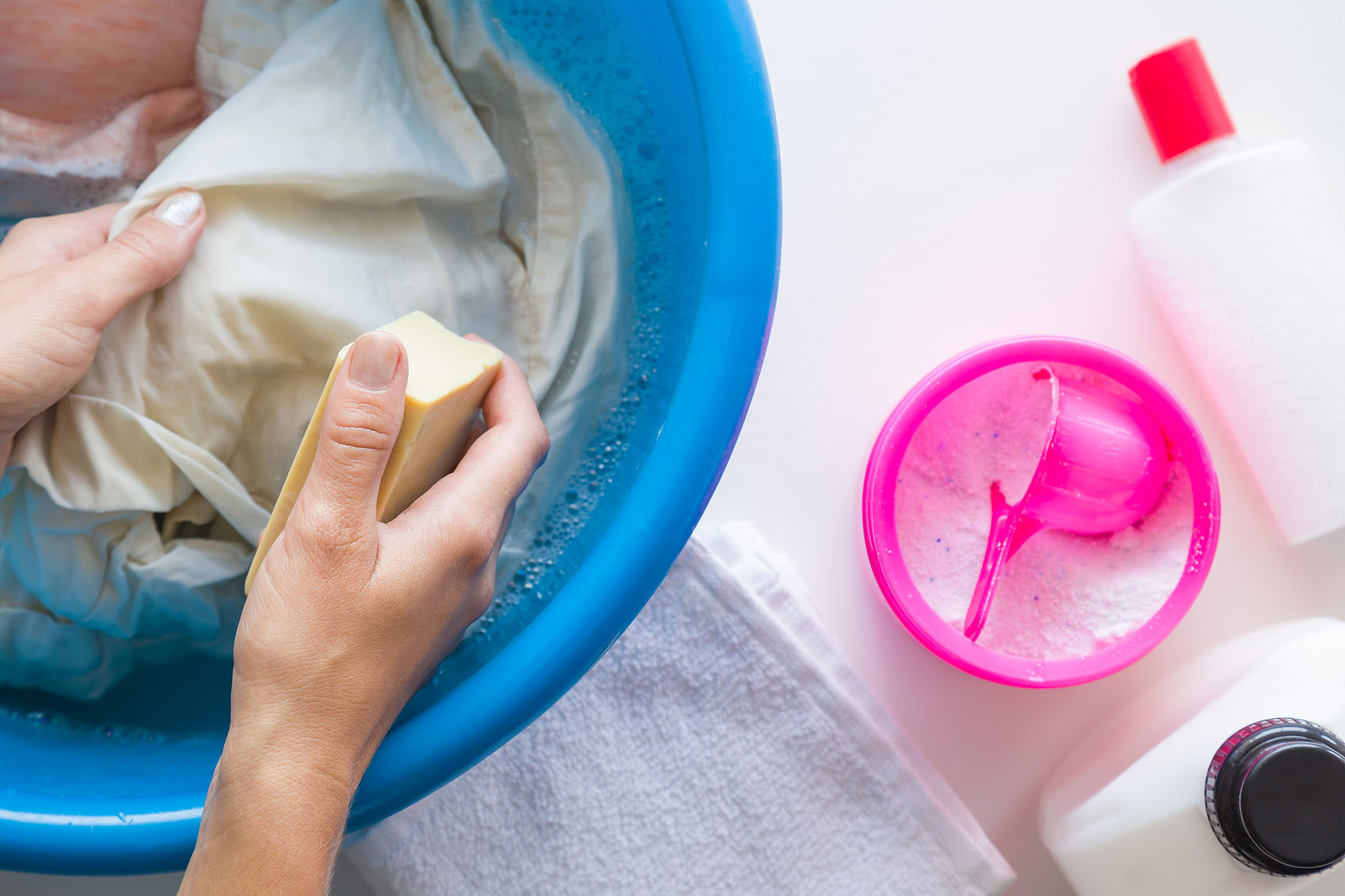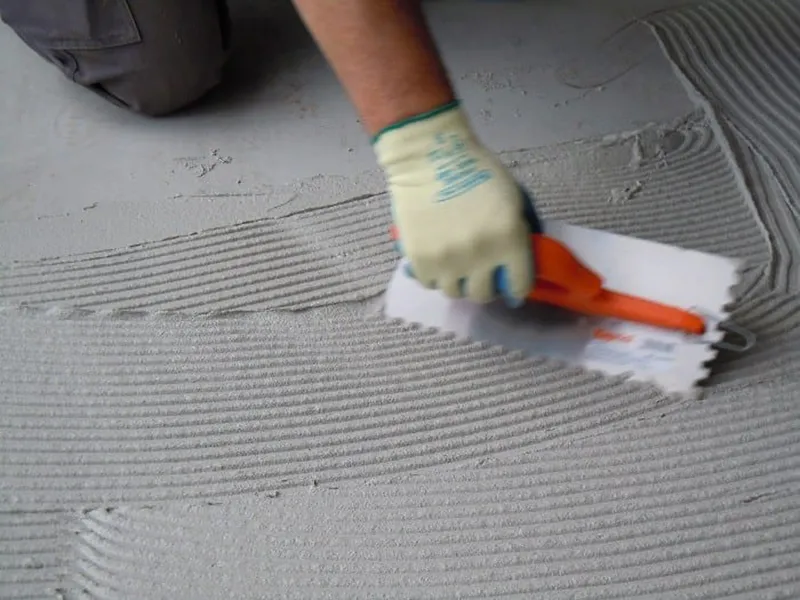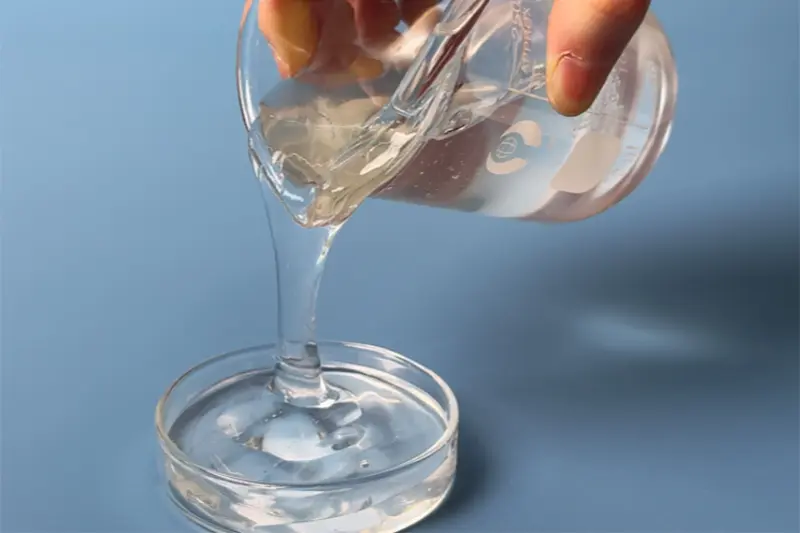
However, the solubility of HPMC in water presents difficulties for many consumers. Is it soluble in either hot or cold water? What’s the right method for preparing an HPMC solution? What about solubility in organic solvents?
In this article, we will explain how to dissolve HPMC in water, discuss its behavior in various solvents, and provide practical, step-by-step instructions along with best practices that help you avoid common mistakes.
1. Why Solubility Matters for HPMC Performance
HPMC’s performance in any formulation is directly linked to its solubility behavior. If not dissolved properly:
It may form lumps that are hard to break down.
It may hydrate unevenly, affecting viscosity and film formation.
It can result in poor product performance (e.g., sagging tile adhesive or cloudy gel textures).
Thus, understanding HPMC solubility in water is essential for anyone handling this material in liquid or semi-liquid systems.
2. HPMC Solubility in Water: The Core Principle
HPMC is soluble in water, but temperature plays a crucial role in how and when it dissolves:
HPMC Solubility in Cold Water
When added to cold water (typically 10–30°C), HPMC does not dissolve immediately. Instead, it disperses and swells. With time and gentle stirring, it fully hydrates and turns into a clear or slightly turbid colloidal solution.
This behavior allows for better control during mixing and reduces the risk of clumping. For this reason, most users prefer the cold-water dispersion method.
HPMC Solubility in Hot Water
HPMC is not soluble in hot water (above 60°C). If you add HPMC powder directly into hot water, it will clump together due to surface gelatinization, making it hard to hydrate properly.
However, HPMC can be dispersed in hot water. Once dispersed and cooled to room temperature, the powder gradually dissolves. This method is useful for specific manufacturing processes where pre-dispersion is needed.
3. How to Dissolve HPMC in Water: Two Proven Methods
There are two standard methods for HPMC solution preparation, depending on your process needs and equipment availability:
Method 1: Cold Water Dispersion (Recommended)
Prepare 60–70% of the total water volume at room temperature (20–25°C) in a clean mixing tank.
Start slow agitation and gently sprinkle the HPMC powder into the vortex. Avoid dumping all at once.
Continue stirring for 10 – 20 minutes to fully disperse the powder.
Add the remaining warm water (30 – 40°C) to speed up hydration.
Let the solution stand for 30 – 60 minutes, during which HPMC hydrates and forms a smooth solution.
This method ensures a lump-free, fully hydrated HPMC solution with maximum viscosity development.
Method 2: Hot Water Dispersion + Cooling
Heat water to 80 – 90°C.
Start stirring and add HPMC powder slowly. It will disperse but not dissolve.
After dispersion, allow the mixture to cool down to 30 – 40°C.
Continue stirring during cooling. HPMC will start hydrating and dissolving gradually.
Let the solution rest to complete the hydration process.
This method is suitable when immediate water solubility isn’t required but fast dispersion is.
4. HPMC Solubility in Organic Solvents
HPMC is only partially soluble or insoluble in most organic solvents. However, depending on the solvent system, it may show different behavior:
HPMC solubility in ethanol: Slightly soluble or insoluble depending on the concentration.
HPMC solubility in methanol: Poorly soluble; tends to clump or remain undissolved.
HPMC solubility in organic solvents: Generally low. It works best in water or water-alcohol mixtures under certain conditions.
These properties are especially relevant in pharmaceutical and cosmetic formulations where alcohols or co-solvents are used. Always conduct small-scale testing.
5. Factors That Affect HPMC Solubility
Several factors influence the solubility and hydration of HPMC in water:
Grade & Viscosity: Higher viscosity grades may require longer hydration time.
Particle Size: Finer powders dissolve faster but may clump more easily.
pH of Water: HPMC is stable between pH 3 – 11, but extreme pH can reduce viscosity.
Additives: Surfactants or salts can influence solubility or viscosity development.
Mixing Equipment: Use low to medium shear mixing to avoid foaming.

6. Best Practices for HPMC Solution Preparation
To avoid mistakes and improve efficiency, follow these best practices:
Always add powder slowly, under stirring.
Never add HPMC directly into hot water expecting instant dissolution.
Use cold water dispersion for better handling and smoother hydration.
If the solution will be stored, add preservatives to prevent microbial growth.
Allow sufficient standing time (up to 1 hour) after mixing for full hydration.
Avoid high-speed mixers early in the process – they cause air entrainment.
7.Conclusion
Understanding the solubility of HPMC in water can help avoid material waste and reduced product performance. For most applications, cold water dispersion is the safest and most effective method. Be sure to fully hydrate your product and adjust the process based on the HPMC grade and solvent system used.
Still unsure which method is right for your product? Contact us for technical support or guidance on custom solution preparation.


